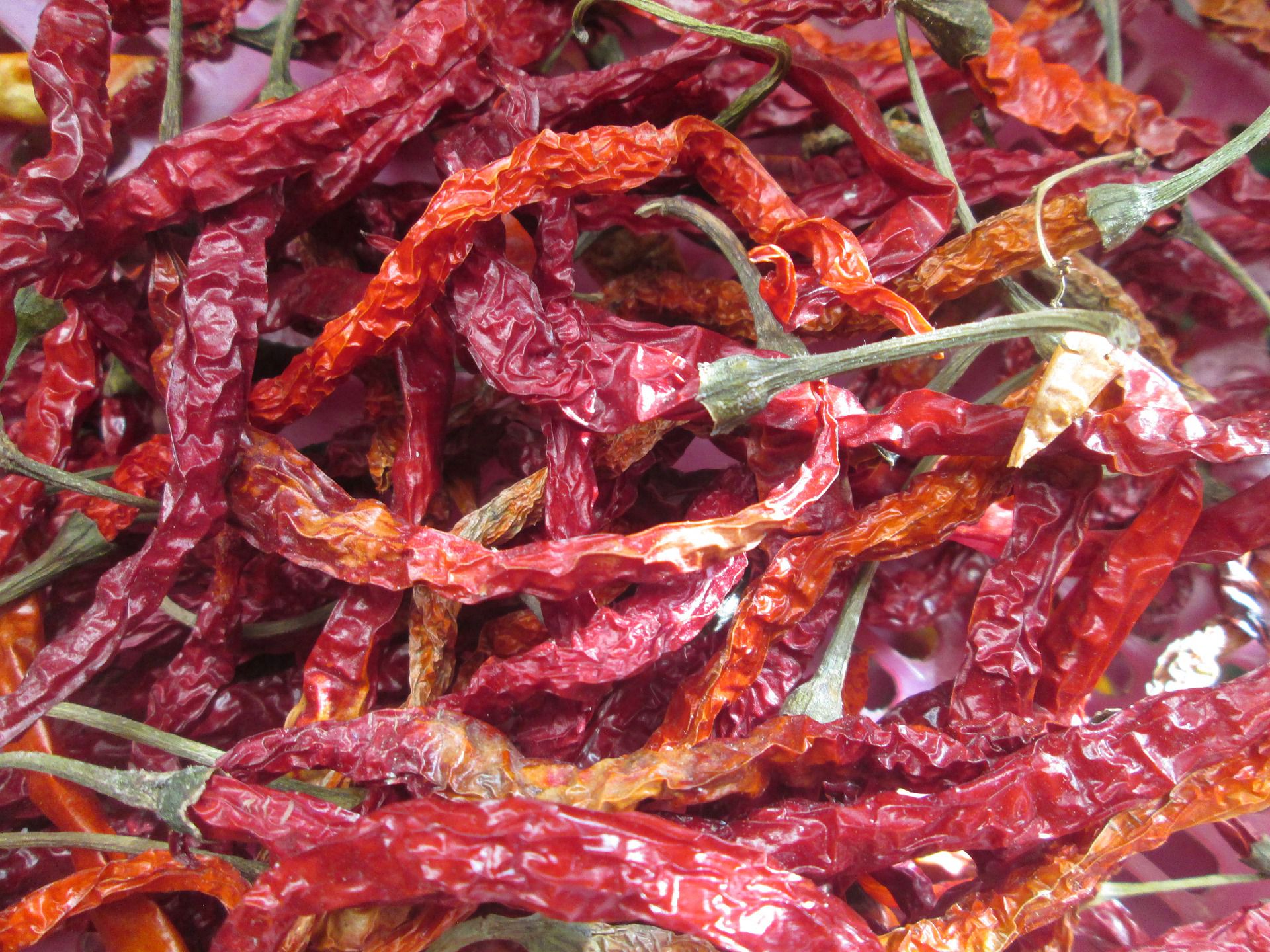Capsicum annum L., better known as the common chili pepper, is loved by fans of spicy food worldwide as the essential ingredient in Mexican, Indian, Korean, Thai, and other eye-watering national cuisines. It’s gaining in popularity, relatively easy to grow, earns farmers good returns on their investments, and helps fields retain soil and minimize erosion. Now research out of Indonesia has discovered that the chili pepper may be one of the most drought-resistant crops available in the agriculturist’s arsenal, an important finding given ongoing climate change.
Indonesia’s government has been encouraging farmers in the nation to cultivate suboptimal land in a bid to improve food supply and food security. In the wet season these lands are generally fine for growing rice, but can be of little use when the rains don’t come. Undeterred, Indonesia’s farmers are increasingly filling the dry season gap in rice farming by growing chili peppers. This way they can avoid seeing their lands sit fallow for several months while growing produce that they can easily sell to the domestic market and to the world. A big portion of Indonesia’s chili peppers are exported to Japan, where consumers are increasing getting a taste for spicy food—a brand of “demonic spicy” instant yaki soba that’s nearly impossible to eat is a best seller in Japan. Thus, Indonesian and Japanese scientists recognize the chili pepper’s potential and have now teamed up to further investigate this tiny red plant’s secrets.
Sometimes Indonesia’s dry spells are too dry, to the point of becoming droughts. Climate models see these droughts increasing in both frequency and severity. To determine how global warming might impact chili pepper cultivation, scientists at three universities in Indonesia and one in Japan decided to investigate popular types of chili peppers to see how these plants responded to artificial drought conditions in controlled laboratory conditions. Samples of three chili pepper varieties—Genie, Romario, and Laris—were subjected to severe drought conditions for a week, while a set of control plants were watered and cared for as normal. While the research team’s artificial “drought” was short-lived, nonetheless they reported surprising findings in the journal Annals of Agricultural Sciences.
The artificial drought definitely hit the plants. The researchers said samples they subjected to drought conditions—no precipitation and ultra-dry soil conditions—exhibited reductions in the size of their roots, shoots, and leaves compared to the control samples. The test plants lost leaves, and their transpiration and photosynthesis declined dramatically. Changes were confirmed both visually and through weighing plants directly. But once drought conditions were removed and the test plants given the same moisture and precipitation as the control group, within a week the plants treated with the fake dry spell were indistinguishable from their control cousins. “7 days after treatment was terminated, all traits were able to return to pre-drought levels,” the research team reported.
The Genie variety of chili pepper performed the best under drought conditions and bounced back quickest. But overall, all three chili pepper varieties showed impressive resilience to drought. It was as if the chili peppers had gone into a sort of temporary dry spell hibernation, from which they inevitably recovered as if nothing had happened. The plants shrank under the drier conditions, but otherwise the results showed little permanent impact on the chili peppers tested. “Other than size differences, drought stress did not cause serious damage to leaf morphology,” they reported. “Significant increase in total leaf area during the recovery period also proved that chili pepper was able to adjust in response to environmental condition.”
Left unanswered is what happens to these chili peppers under far longer drought conditions, or if drought has any impact on the flavor or spiciness of chili peppers. But at the very least, the scientists in this study say they’ve uncovered hard evidence for why Indonesia’s rice farmers are smart to turn to chili peppers in the months when the rains are far less reliable.
Adapting to climate change isn’t just about building seawalls or studying major grains. For many smallholder farmers, simple and often overlooked research projects like testing existing varieties of chili peppers against drought conditions can make a big difference in livelihoods. Low-cost high-impact projects like these are the types of work that Grow Further plans to support.
–Grow Further




